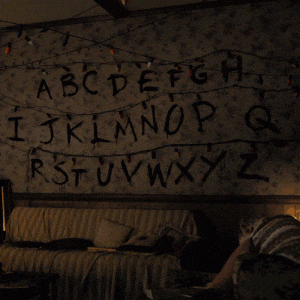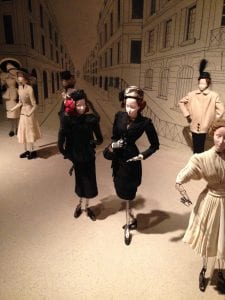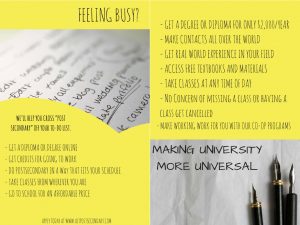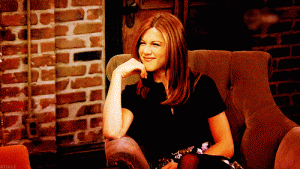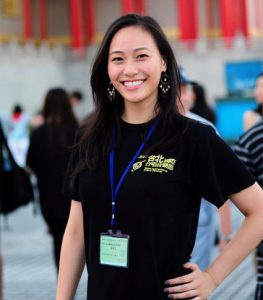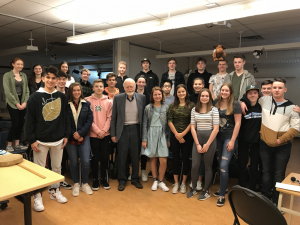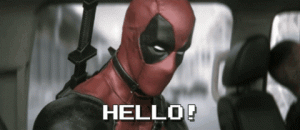Hello, Internet.
So, we’re currently reading The Crucible, a play written in the fifties by Arthur Miller, and set in 1690s Salem– right at the time of the Salem Witch Trials. To support our comprehension of the themes of this play, we were given a series of related prompts of which to choose three to make blog posts about:
1. A major theme in “The Crucible” deals with guilt. Recall a time when you felt guilty about something you had done or said. It may not be as serious as the characters in the play, but it was probably just as real. It can be some recent experience or one that took place in childhood. How did you deal with those feelings? As you look back now were your fears justified, or were you being too hard on yourself?
2. Think of an image from the play and use that image to create a spatial poem or something similar (an image? a photo essay?).
3. Abigail was a strong, domineering influence on Mary Warren. When did the power or control of someone else influence you?
4. Recall a time when you were wrongly accused of something, or of a time when you wrongly accused someone of something. What was it and how did you feel?
5. Abigail took revenge for Proctor’s dismissal of her. Describe a time when you sought revenge or someone sought revenge on you.
6. Describe your concept of heaven or describe your concept of hell.
7. Describe a time when you have felt isolated.
8. What do you feel remorse for?
9. Read “How to Spot a Witch”. Write a paper or create something similar to this essay on how to spot a _________. You fill in the blank: example: How to Spot a Liar. How to Spot a Surfer. Etc.
10. This play is consider universal and enduring because of its themes, despite being written over 50 years ago. What media (movie, book, music, TV) will be universal and enduring that was created in your generation’s time (so far!)? Argue for it.
For my first prompt, I chose to write about a media from my generation I thought would have a lasting impact or still be considered relevant way into the future.
A media that I think will last a long time, as you may have guessed from the title, is Stranger Things. Stranger Things echoes the style and setting of a show from the eighties, a feeling which is supported by its also taking place in the eighties. There’s a sci fi aspect that makes it seem almost a bit like a fairy tale, while also giving it a vibe that harkens back to things like Star Wars, Doctor Who, or Star Trek.
And yet, it’s not geeky or unfamiliar. The cinematography is amazing. The characters are all incredible and very layered, and they feel much like real people. While some of them are built from familiar archetypes, almost none of them are actually cut and dry. The show also puts a lot of focus on developing the relationships between these characters, even in dynamics that seem a little bit odd couple at first; for instance, Dustin and Steve teaming up in season two after being unable to locate anyone else.
The show introduces a type of monster that we haven’t already seen in a hundred pieces of media before this: the demogorgon. Because it hasn’t already been overdone in varying levels of campiness, the demogorgon is a lot more effective than just using a classic monster, while still clearly providing a foil for the human villains in the show. While the demogorgon probably won’t be used directly in other media, it could inspire the designs of new monsters, or new versions of monsters, in other shows or movies in the coming years.
In fact, a lot of things about the show are iconic symbols of specifically this show; the wall with the Christmas lights, for instance. Despite literally being a wall, that part of the show has inspired sweaters, artwork, even Halloween costumes. It’s become an immediately recognizable icon of the show. Stranger Things is chock full of this sort of iconography; it has a large supernatural component, but it also has taken completely ordinary things, such as Eggos, and turned them into a part of the show’s branding. This sort of thing is really effective in making the show long lasting, because small things remind you of it even when you’re not watching it.
Another thing Stranger Things does well is that the show seems to operate within the genre that would appeal to each of its characters, while also being cohesive. The sci fi element I discussed previously mostly centres around the group of middle school kids, who are all big fans of Star Wars, frequently referencing it throughout the show. For the teenage characters, the plot alludes to eighties slasher films– Nancy is set up to be the “final girl”, the one who has to learn how to fight the bad guy that’s killed her best friend. Her boyfriend, Steve, even seems to fit the terrible-boyfriend slasher archetype to a tee. However, while Nancy does end up taking on the villain, both of them have character development that sees them subverting and inverting the roles they would normally play in a horror film, and becoming much more fleshed out characters. As for the adults in the show, while they don’t fit quite as neatly into one genre, they still seem to be in a separate thread than the younger characters. We start out seeing them as kind of burnouts– Hopper, the chief of police with a substance abuse problem, and Joyce, the single mum who suddenly has to deal with her biggest fear: losing her son. However, they both prove to be much more than meets the eye.
There’s a solid chance that the special effects will start to lose their effectiveness with time, but currently there’s nothing in the show to make it look or sound less than first rate. There’s just a new type of movie monster, a character that’s inspired endless Halloween costumes, an incredible score, and some less than subtle product placement.
Toodles.




